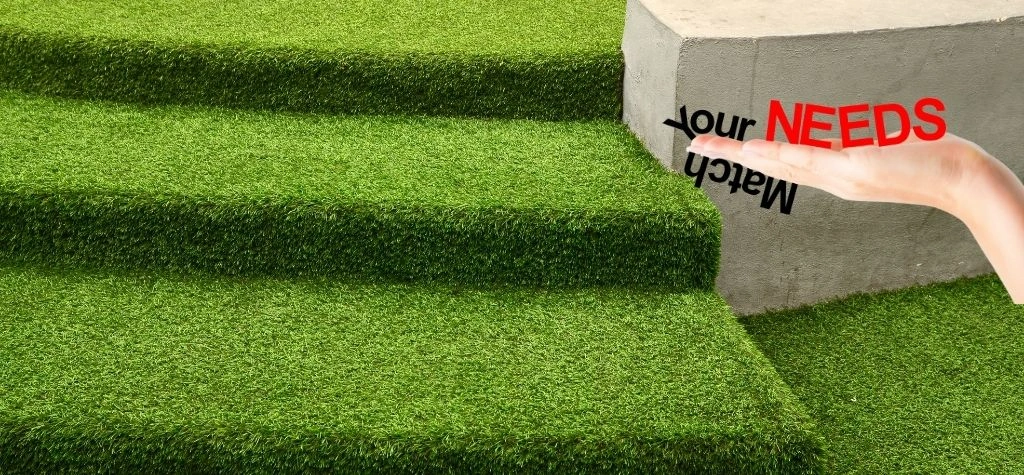How to Choose the Right Type of Artificial Turf for Your Needs?

Selecting the correct type of artificial turf for your space can significantly impact both aesthetics and functionality. Whether you’re considering synthetic grass for a residential lawn, a commercial property, or a sports field, making an informed decision is essential.
How to choose the right type of artificial turf tailored to your needs.
1. Consider the Purpose
Different spaces require different types of turf. For instance:
Residential Lawns: If you’re looking to enhance your home’s outdoor area, consider synthetic grass that mimics the look and feel of natural grass. Artificial grass options often provide a lush, green appearance year-round, perfect for backyards.
Pet Areas: If you have pets, select fake grass designed to withstand wear and tear while being easy to clean. Look for features like drainage holes and odour-resistant materials.
Sports Fields: Durability is key for sports fields. Choose artificial grass Melbourne, specifically designed for high foot traffic and heavy use. These types of turf often have shorter, denser fibres to provide a firm surface for athletic activities.
2. Climate and Weather Conditions
Melbourne’s climate is a crucial factor when choosing artificial turf. The city experiences a variety of weather conditions, from hot summers to cool, wet winters. Here’s what to consider:
UV Resistance: The intense Australian sun can cause some turf materials to fade over time. Opt for fake grass products that are UV-resistant to maintain vibrant colour and prevent degradation.
Drainage: Melbourne’s rainy season requires artificial turf with excellent drainage capabilities. Synthetic grass options with perforated backing help prevent water accumulation, ensuring your lawn stays dry and usable.
3. Pile Height and Density
The pile height and density of the turf determine how soft and lush the grass feels underfoot.
Here’s what to keep in mind:
Pile Height: For a natural look, choose a pile height between 30 and 40mm. Taller grass feels softer but may flatten under heavy use.
Density: Higher-density turf (more stitches per square inch) offers a more luxurious feel and better durability. However, it may also come at a higher cost.
4. Maintenance Requirements
One of the main advantages of artificial grass is its low maintenance.
However, some types require more upkeep than others:
Low-Maintenance Options: To minimise maintenance, choose turf that resists matting and doesn’t require frequent brushing.
Pet-Friendly Turf: For pet areas, look for turf that is easy to hose down and maintain, preventing odours and bacterial build-up.
5. Budget Considerations
Your budget will significantly influence your choice of turf. While higher-end options offer more realistic looks and durability, budget-friendly alternatives still provide excellent performance. When comparing costs, consider the long-term savings on water, mowing, and fertiliser.
6. Installation and Warranty
Professional installation ensures your turf lasts longer and performs better. Check for warranties that cover wear, UV damage, and other potential issues. Many fake grass Melbourne suppliers offer warranties of up to 8-15 years.
Conclusion
Choosing the correct type of artificial turf requires careful consideration of your specific needs, climate conditions, and budget. Whether you’re looking for synthetic grass for your home, fake grass for a commercial space or synthetic grass Melbourne for a sports field, understanding the different types and their features will help you make an informed decision. Explore a variety of options to find the perfect turf that will enhance the beauty and functionality of your outdoor space for years to come.
